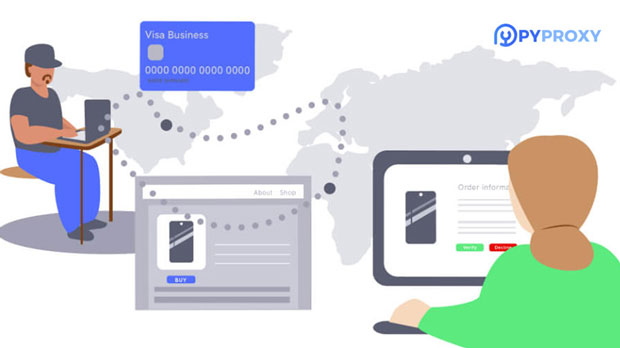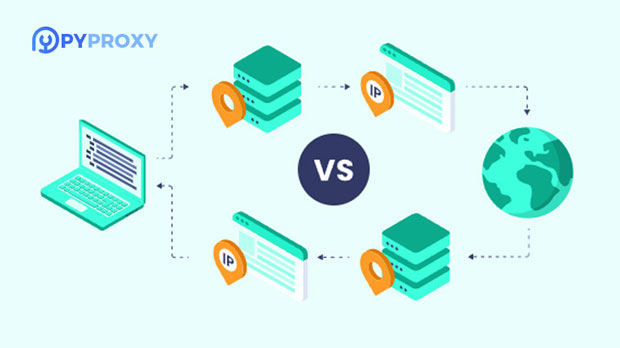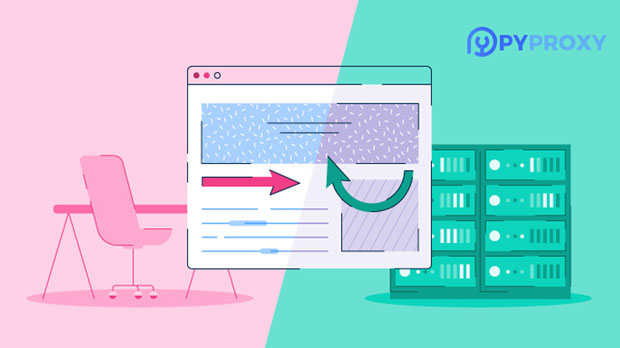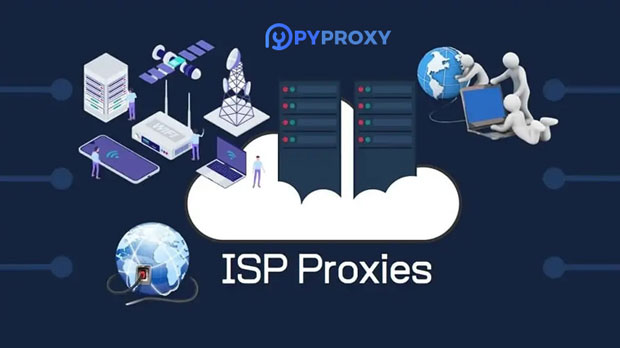When it comes to internet proxies, many individuals and businesses use them to enhance their privacy, security, and access to geographically restricted content. Among the various types of proxies, static residential proxies are particularly popular. These proxies provide a permanent, real IP address that can appear as though the user is browsing from a different location. However, a common question that arises is whether using static residential proxies will impact internet speed. The short answer is yes, using these proxies can affect network speed, but the extent of the impact depends on several factors. In this article, we will delve deeper into how static residential proxies work, the factors that influence internet speed, and ways to mitigate any potential slowdowns. What Are Static Residential Proxies?Static residential proxies are a type of proxy server that use IP addresses assigned to physical devices in a home or office setting. These IP addresses are "residential" because they come from internet service providers (ISPs) that are assigned to real households. This makes the IP addresses more reliable and harder to detect than data center proxies, which are often associated with web scraping or other automated activities.Unlike dynamic residential proxies, which change periodically, static residential proxies retain the same IP address over time. This consistency is particularly useful for users who require a stable and long-term connection, such as marketers, data scrapers, and businesses that need to manage multiple accounts on various websites without being flagged for suspicious activity.How Do Static Residential Proxies Affect Internet Speed?There are several factors to consider when determining whether static residential proxies will impact your internet speed:1. Latency and RoutingThe main factor influencing internet speed when using static residential proxies is latency. Latency refers to the delay before data begins to transfer from the user’s device to the destination server. Proxies introduce an additional step in the communication process, as all data has to go through the proxy server before reaching its intended destination.Residential proxies, especially static ones, tend to have higher latency compared to data center proxies because the routing involves more variables. The data often needs to pass through additional networks or infrastructure, which can add delays. Moreover, since residential proxies rely on real ISPs, the routing paths may not always be as optimized as those used by dedicated data centers, leading to higher latency and slower speeds.2. Server LoadThe server load on the proxy provider’s infrastructure can also significantly impact internet speed. A high number of users accessing the same proxy server can lead to congestion, resulting in slower response times. While static residential proxies tend to be more stable than dynamic proxies, the performance is still dependent on the overall health and capacity of the proxy server’s network.When multiple users are connected to the same IP address, the server might struggle to process all the requests efficiently, which can cause a noticeable reduction in speed. This is a common issue with residential proxies, and it's important to choose a reliable provider with ample server resources to handle high traffic.3. Bandwidth LimitationsBandwidth limitations also play a crucial role in how static residential proxies impact speed. While residential IP addresses are typically more stable, they might not offer the same high bandwidth as data center proxies. Residential networks, which are usually shared among many users in a given area, may have limited capacity when compared to the optimized networks used by data centers. This limitation can result in slower download speeds, buffering issues, and poor-quality connections, especially during peak usage times.4. ISP ThrottlingIn some cases, the Internet Service Providers (ISPs) that assign residential IPs might engage in throttling to limit the speed of data transmission. Throttling is when an ISP deliberately slows down internet traffic to reduce network congestion or to prioritize certain types of traffic, such as video streaming or gaming.When using static residential proxies, your connection might be subjected to ISP throttling, which can lead to reduced speeds. The effect of throttling depends on the ISP’s policies and how the proxy server interacts with the network. If the ISP detects excessive use of certain services, such as data scraping or automated browsing, it may intentionally slow down the connection speed, making the use of residential proxies less optimal for high-speed activities.5. Geographical FactorsAnother important consideration is the geographical location of the proxy server. Since static residential proxies are assigned to real homes or businesses, the location of these IPs can vary significantly. If the proxy server is located far away from the user or the destination website, the internet speed may decrease due to the longer distance the data must travel. For example, accessing a server in another country might result in increased latency, as the data has to traverse several networks and regions before reaching the final destination.Mitigating Speed Impact When Using Static Residential ProxiesWhile the use of static residential proxies can impact internet speed, there are several ways to mitigate these effects:1. Choose a High-Quality Proxy ProviderOne of the most important factors is the quality of the proxy provider. Choose a reputable provider that offers fast and stable proxy networks. Look for providers with low latency, high bandwidth, and a robust infrastructure. Providers that offer access to private, dedicated residential proxies tend to deliver better performance than those offering shared IPs.2. Optimize Your Proxy SettingsAdjusting your proxy settings can also help improve speed. For example, using a rotating proxy solution, where your IP address changes periodically, can help distribute the traffic load more evenly across multiple IPs, reducing the chance of congestion. Some users also implement advanced techniques like proxy load balancing to improve performance.3. Avoid Peak HoursTo reduce the chances of bandwidth congestion, avoid using static residential proxies during peak usage hours. During times of high internet traffic, ISPs and proxy servers may slow down the connection to maintain network stability. By using proxies during off-peak times, you may be able to access faster speeds.4. Leverage Multiple Proxy LocationsIf geographical distance is an issue, consider using proxies that are geographically closer to the target website or server. This can help reduce latency and improve overall internet speed. Some proxy providers offer the ability to select IPs based on specific regions, allowing you to tailor your connections for optimal performance.Conclusion: Does Static residential proxy Affect Speed?In conclusion, while static residential proxies can offer a more stable and anonymous browsing experience, they can also impact internet speed due to factors such as increased latency, server load, bandwidth limitations, ISP throttling, and geographical distance. However, by carefully selecting a high-quality proxy provider and optimizing settings, users can mitigate these speed reductions and enjoy a smoother internet experience. Ultimately, the impact on speed will vary depending on the specific use case, so it’s important to weigh the benefits of privacy and security against any potential slowdowns when deciding whether to use static residential proxies.
Aug 22, 2025



































































